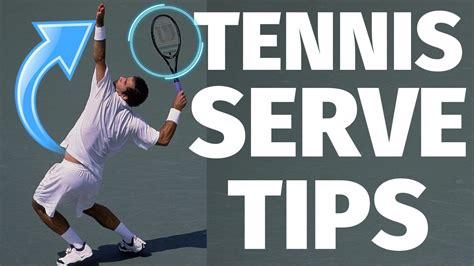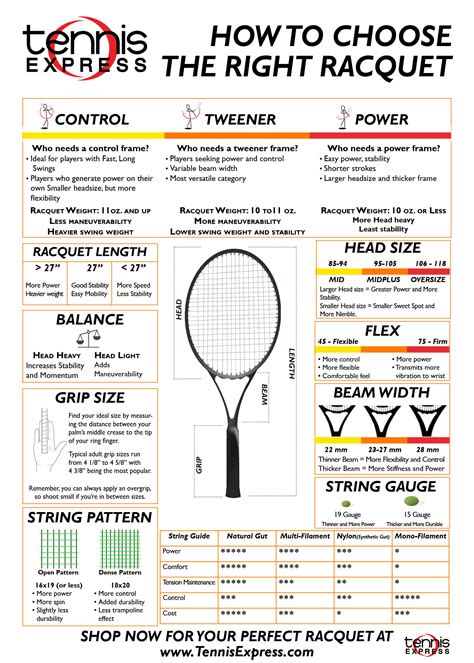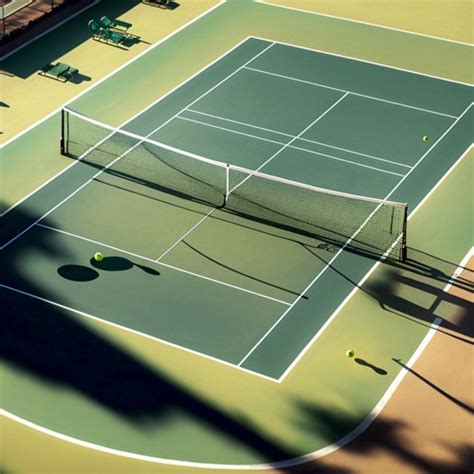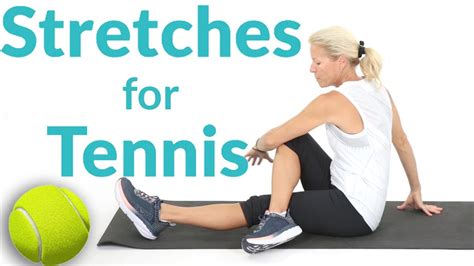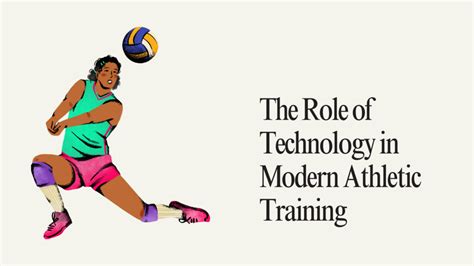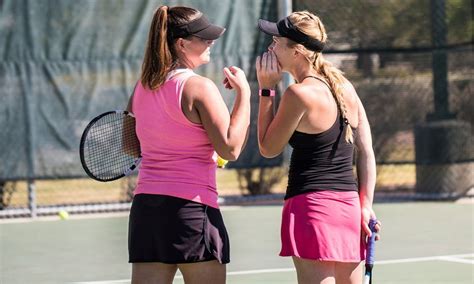Master your serve with expert techniques on grip, toss, power, mental focus, and progress analysis for tennis success.Are you ready to elevate your tennis game and ace your serves? Welcome to How To Master Your Serve: Techniques For Success, where we unveil the secrets behind an unstoppable serve. Whether you’re a beginner looking to improve your skills or an advanced player aiming to refine your technique, this guide covers everything you need to know. From the perfect grip for maximum control to developing a consistent toss for improved accuracy, we’ll explore essential techniques to enhance your power and spin. Plus, we’ll share mental strategies to help you focus before serving and tips for tracking your progress. Get ready to transform your serves into your greatest weapon on the court!
How To Grip The Racket For Maximum Control
Mastering your serve starts with the way you grip the racket. A proper grip provides you the necessary control over your shots. Here are some key points to keep in mind when determining how to grip the racket for maximum control:
- Choose the Right Grip: There are several grips you can use, but the most common ones for serving are the continental grip and the eastern grip. The continental grip promotes a natural wrist action, allowing for better control and consistency.
- Finger Placement: Your index finger should rest against the racket handle, providing a guideline for proper hand positioning. The other fingers should wrap around the handle, ensuring a firm yet relaxed hold.
- Wrist Position: Maintain a slight bend in your wrist during the grip. This allows for greater flexibility and enhances the overall motion as you serve. A proper wrist position also aids in generating spin and power.
- Experiment with Tension: Find a balance in your grip tension. Too tight can limit mobility, while too loose may lead to a lack of control. Aim for a grip that feels comfortable yet secure.
- Practice with Purpose: Once you’ve established a grip, practice it consistently. Pay attention to how changes in your grip affect your serve. This will help you understand the nuances of your technique.
By focusing on these aspects of your racket grip, you can significantly improve your serve and gain greater control on the court. Understanding how to grip the racket effectively is a foundational skill that will enhance your overall performance.
Developing A Consistent Toss For Better Accuracy
Tossing the ball is a critical element of a successful serve, and focusing on developing a consistent toss can significantly improve your accuracy. Here are some essential techniques to help you achieve a steady toss:
- Positioning: Stand with your feet shoulder-width apart, and hold the racket in your dominant hand while using the other hand to toss the ball. Ensure your tossing hand is relaxed to avoid unnecessary tension.
- Grip: Use a light grip on the ball. Cradling it gently allows for better control and a smooth release.
- Arm Motion: Practice a fluid and uniform arm motion when tossing the ball. Your tossing arm should extend upward, releasing the ball at its highest point.
- Toss Height: Aim to toss the ball to a consistent height; ideally, it should be around 12-18 inches above your racket’s striking plane. This height gives you room to swing through the serve efficiently.
- Focus Point: Look at a specific point where you want the ball to go, such as a spot in the air. This focus will help you maintain control and minimize distraction.
- Practice Drills: Incorporate toss drills into your practice routine. For example, toss the ball without hitting it, focusing solely on the mechanics of the toss. Gradually add in your serve once you’re comfortable.
Remember, a good toss is not just about the height; it’s also about consistency and accuracy. With practice, you will master the toss, leading to improved serves and better overall performance on the court.
Techniques To Enhance Power And Spin On Your Serve
To maximize your serve’s effectiveness, combining power and spin is essential. Here are some key techniques on how to achieve this balance:
- Use Your Legs: Power generation starts from the ground up. Ensure that you engage your legs by bending your knees during the wind-up and exploding upwards as you make contact with the ball. This movement will naturally add more power to your serve.
- Engage Your Core: A strong core is vital for an explosive serve. Incorporate core-strengthening exercises into your training routine to enhance your rotational power, allowing for a more forceful and controlled strike.
- Racket Head Speed: The speed at which you swing your racket directly affects the ball’s velocity and spin. Focus on accelerating your racket head through the contact point to create more topspin or slice. Practicing a full range of motion can help achieve this goal.
- Ball Toss Technique: A consistent toss sets the foundation for both power and spin. Toss the ball slightly in front and above your shoulder to create an optimal angle for striking. This position allows for a better downward stroke, generating topspin.
- String Tension: The type and tension of your racket strings can significantly alter how the ball reacts on contact. Higher tension provides more control and spin, while lower tension can enhance power. Experiment with different setups to find what works best for your serve.
Incorporating these techniques into your training routine will not only improve your serve’s power but also its spin, making you a more formidable opponent on the court.
How To Focus Mentally Before Serving For Success
When it comes to serving, physical preparation is essential, but how to condition your mind can be equally crucial for your success on the court. A focused mindset can significantly impact both your confidence and performance during matches. Here are some effective strategies to enhance your mental focus before serving:
- Visualization: Spend a few moments visualizing your serve in your mind. Picture yourself executing the serve flawlessly, maintaining proper form, and achieving your desired outcome. Visualization can help reinforce the correct techniques and build your confidence.
- Breathing Techniques: Incorporate deep breathing exercises to calm your mind and body. Take a few slow, deep breaths to reduce tension and enhance your concentration. Inhale deeply, hold for a moment, and exhale slowly, allowing distractions to fade away.
- Mindfulness Practice: Engage in mindfulness techniques to stay present. Focus on the current moment rather than worrying about the outcome of your serve or previous mistakes. This can help minimize anxiety and improve your overall performance.
- Routine Development: Establish a pre-serve routine that you consistently follow. This routine can include your grip adjustment, toss preparation, and mental affirmations. A consistent routine can signal to your mind that it’s time to focus.
- Positive Self-Talk: Replace negative thoughts with positive affirmations. Remind yourself of your training and skills, fostering a mindset of success. Phrases like “I am ready” or “I can do this” can enhance your confidence.
By integrating these mental techniques into your pre-serve routine, you’ll improve your focus and ultimately enhance your serving success. Remember, mastering your serve involves not just physical prowess, but also mental agility.
Analyzing Your Serve: Tracking Progress And Making Adjustments
To truly master your serve, it’s essential to regularly analyze its effectiveness. Understanding how to track your progress allows you to identify strengths as well as areas for improvement. Here are some strategies for effectively analyzing your serve:
1. Video Analysis
Recording your serves from different angles can be incredibly informative. Watching the footage can help you identify inconsistencies in your technique that may not be noticeable in real-time. Focus on your grip, toss, and follow-through while reviewing the videos.
2. Set Goals
Establish clear, measurable goals to help enhance your serve. This could be related to speed, accuracy, or even the number of successful serves over a practice session. For example:
| Goal Type | Example Goal | Time Frame |
|---|---|---|
| Speed | Increase serve speed by 5 mph | 4 weeks |
| Accuracy | Land 80% of serves in target zone | 3 weeks |
| Consistency | Achieve 10 consecutive successful serves | 2 weeks |
3. Solicit Feedback
Working with a coach or a trusted practice partner can offer fresh perspectives on your serving technique. They can provide constructive feedback and observe elements you might miss.
4. Maintain a Serve Journal
Documenting each serving practice can help you track your progress over time. Note down specifics like the types of serves practiced, successes, failures, and adjustments made. This data will be invaluable in assessing your trajectory and determining what works best.
5. Utilize Performance Metrics
Many players benefit from using technology such as radar guns or apps that can measure the speed and spin of your serves. These metrics can provide quantifiable data to track improvements.
Consistent tracking and analysis of your serve is key to mastering it. By knowing how to evaluate your technique and make data-driven adjustments, you can further refine your serve for greater success on the court.
Frequently Asked Questions
What are the key techniques for mastering your serve in tennis?
Key techniques include proper grip, stance, ball toss, and follow-through, all of which contribute to consistency and power.
How important is the grip in serving?
The grip is crucial as it affects spin and control; the continental grip is commonly recommended for a versatile serve.
What role does the ball toss play in a successful serve?
The ball toss should be consistent and placed in a way that allows you to hit the ball at the optimal contact point, ensuring better accuracy and power.
Can you provide tips for improving serve power?
Improving serve power can be achieved through strength training, proper body mechanics, and using your legs for better leverage during the serve.
What type of serves should beginners focus on?
Beginners should focus on developing a reliable flat serve and a spin serve, as these will form the foundation for advanced techniques.
How can visualization techniques help in mastering the serve?
Visualization techniques can enhance muscle memory and confidence by allowing players to mentally rehearse their serves before executing them.
What drills can be practiced to enhance serving skills?
Drills such as targeting specific areas of the service box, practicing different types of serves, and incorporating game-like scenarios can significantly enhance serving skills.

